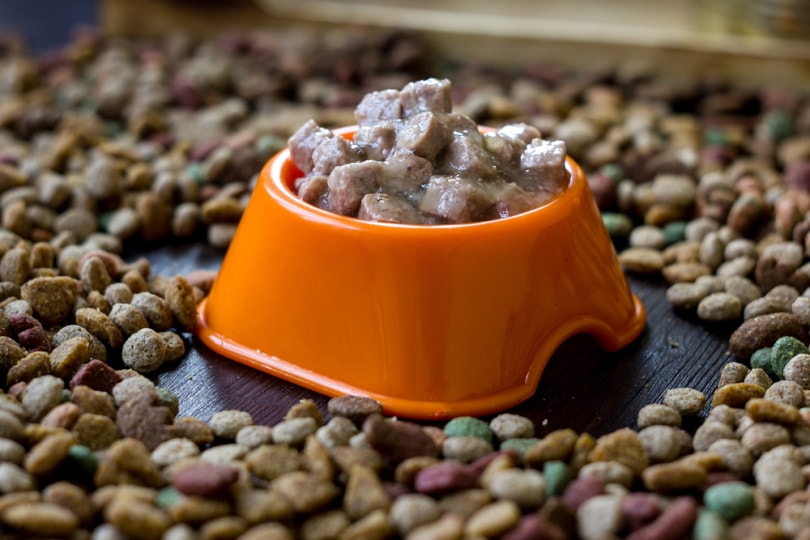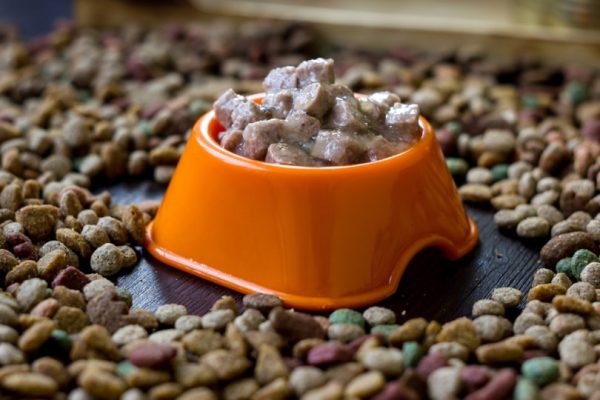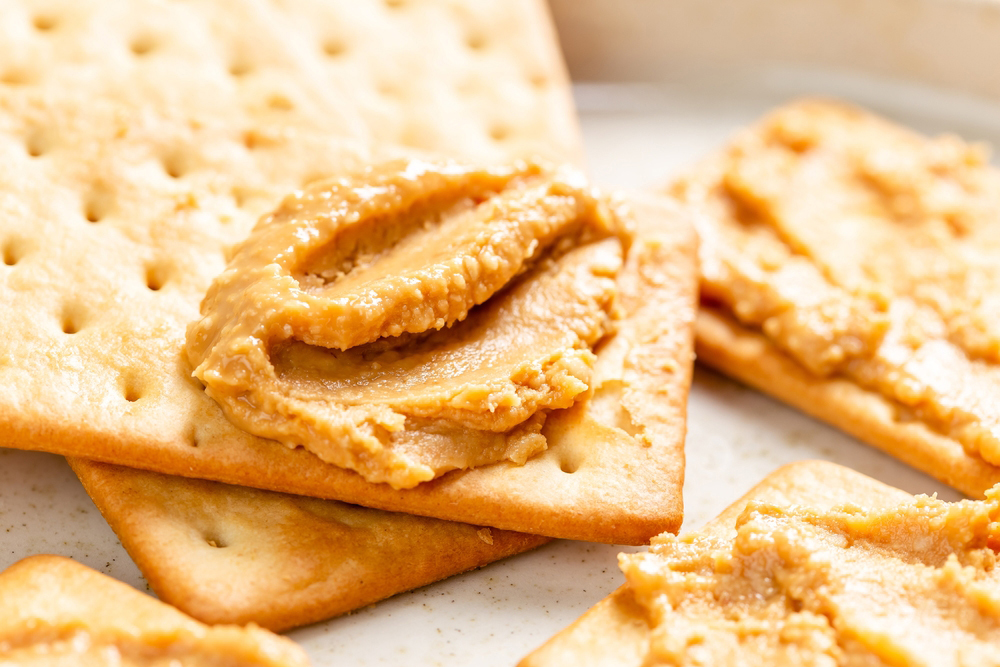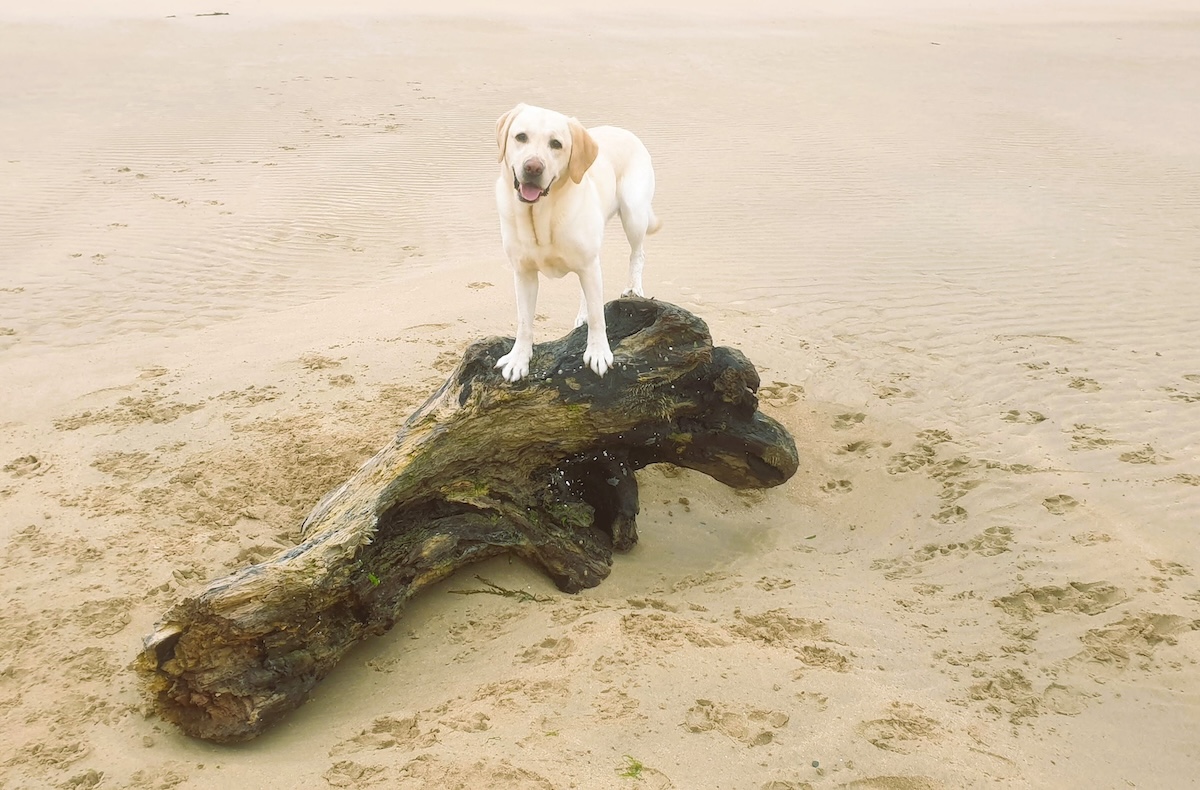Every dog owner has been in a situation where you buy dog food in bulk to save some money, trips to the grocery store, or time. Maybe you couldn’t power through that one open bag of dog food quite yet, or maybe you have a few bags to spare sitting in your garage. Either way, if you’re wondering if dog food (even unopened) can go bad, the answer is yes.
While storing extra bags of food to cut down on time or money might seem like a good idea, that food can go bad. Both wet and dry dog food is designed to last for a long time, but that does not guarantee the food will stay fresh forever. Wet dog food (after it’s opened) spoils faster than dry food, but at the end of the day, both types will spoil.
The food in your unopened bags can last anywhere from 12— 18 months, but an open bag of dog food should be consumed within 2 weeks. Once you open one of your dog food bags, the contents will be exposed to air and moisture, which can lead to bacteria and the growth of mold.

Does Dog Food Expire?
Yes, both wet and dry dog food has an expiration date. The general rule of thumb is “when in doubt, toss it out.” While stored, unopened dry food can last a year or more, and unopened canned food has a 2-year shelf life, but once opened, the food will turn rancid rather quickly.
Wet and dry dog food has an expiration date on the packaging. According to a 2021 survey, over 10% of pet owners never check the expiration dates on their pet food packaging. Moreover, 7% of pet owners admitted feeding their fur babies expired food.
Remember, expiration dates only apply if the bag of dog food is unopened. Once you open the sealed bag, you need to use it or toss it out after 2 weeks.
However, before freaking out about your expiration dates and the dog food going bad, read what the bag says. The dog food manufacturers have already factored in things like the moisture content, the fresh ingredients, and the overall packaging of the food to determine the ideal “consume by” date. Manufacturers determine how long their product will last before you bring it into your home. Check your packaging for dates, and you’ll be surprised by how short the consumption window might be depending on your chosen brand.
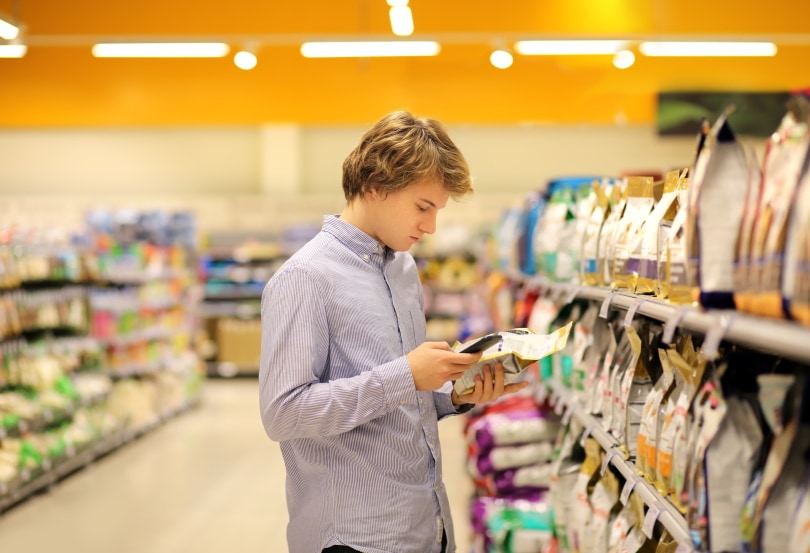
What Causes Dog Food to Go Bad?
Beyond just the standard expiration date of dog food, some outside factors can play a role in speeding up the process of your dog food going bad.
- Exposure to Heat: Higher temperatures will make the dog food more susceptible to bacteria growth and spoiling. Increased heat will also cause the fat in the dog food to oxidize and lower the nutritional value of the food. Dog food should be stored away from direct sunlight and other heat sources, including but not limited to fireplaces, stoves, heaters, cookers, or even barbeques.
- Exposure to Air: Just like heat, air oxidizes the food and increases the chances of contamination by harmful bacteria. Exposing your dog food to air (opening the bag and not making sure it is in a properly sealed container) will cause bacteria to multiply and spread at an increased rate. You must store your dog food in an air-tight, sealed container to prevent this from happening.
- Exposure to Moisture: With moisture comes mold. When dog food contains moisture, you run the risk of it growing and spreading mold inside the food. Feeding moldy food to your dog will, at the very least, seriously upset their stomachs. Make sure your dog food stays dry and out of humid areas like near a washing machine or in the bathroom. If you store your dog food in the garage, make sure your garage is protected from moisture.
How to Tell if Your Dog Food Has Gone Bad
If your food isn’t past the expiration date but your dog sniffs the food and turns away, you might have a case of spoiled dog food on your hands. Dogs have a unique sense of smell, and they can detect odors humans can’t even begin to process. However, some dogs are known to eat just about anything—even spoiled dog food. These are telltale signs that it’s time to toss your dog’s food:
- The food has an unpleasant smell you can detect: In general, dog food doesn’t smell the best to us, but there is a distinct difference between the scent of regular dog food and the sour, rotten smell of bad dog food. If the odor coming from the food is different from when you first opened it, be careful of feeding it to your dog.
- The color of the food changed: Most regular dog kibble comes as a standard dark brown. Very rarely is the food made up of different colors. Look closely at the kibble’s colors, and if you notice any severe color changes, don’t feed it to your dog. Food that has turned deep green, black, or even blue is likely moldy and is a health hazard for your pup.
- The food looks moldy or dusty: When you open the dog food, check for any changes to the appearance. This could include signs of bugs, growing mold, or mush from moisture. Check for a white, powdery on the food. If you notice anything like this, do NOT feed the food to your dog.
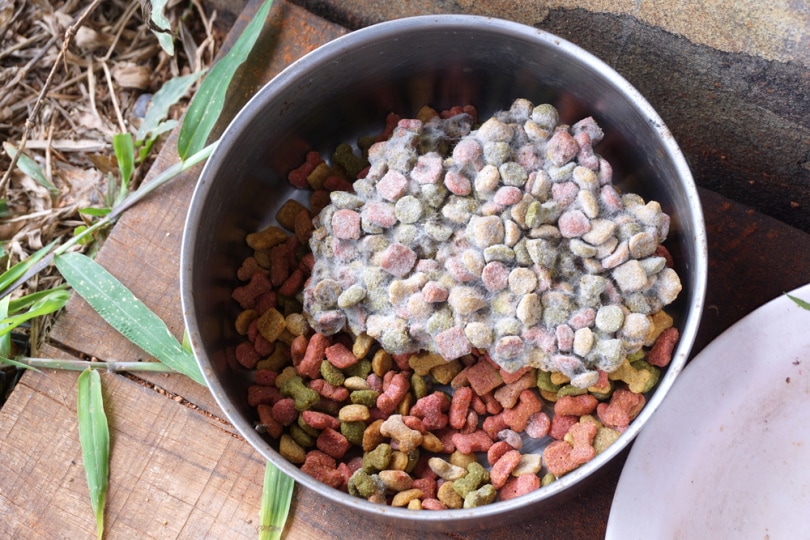
Possible Side Effects of Spoiled Dog Food
Here are some possible dangers of eating spoiled dog food:
- An upset stomach causes nausea and subsequent vomiting and diarrhea
- Malnutrition from not being able to hold the food down
- Salmonella in contaminated dog food (rare and mostly mild, but severe cases are possible)
- E. Coli in contaminated kibble
While these may seem like severe side effects, remember that true contaminated dog food cases are very rare. Most of the time, eating kibble that’s a little bit past its date isn’t likely to harm your pup.
How to Prevent Dog Food From Going Bad
How do you stop dog food from going bad? Sadly, there is no 100% method of guaranteeing dog food doesn’t go bad— it has an expiration date for a reason. Here are a few ways you can make your dog food last.
- Keep the food in the original bag. While storing your dog’s food in a separate container is a good idea, most dog food bags are designed to keep dog food as fresh as possible for as long as possible. There are some containers out there you can purchase that are designed to keep dog food fresh in the same way, but they can be a bit on the pricey side. When in doubt, keep it in the original bag (if it seals, of course).
- Don’t mix the new food with old food. You might be tempted to open the new bag and pour in the leftover old food, but if that old food has any contaminants, they’ll transfer into the new bag as well. If the old dog food has any mold or bacteria, it can make your canine sick.
- Keep the food cold. As we mentioned before, you want to avoid storing the dog food in a hot area. The cooler the dog food is, the longer it will last. This doesn’t mean you have to store it in the fridge, just make sure it is in a cool place like your pantry.
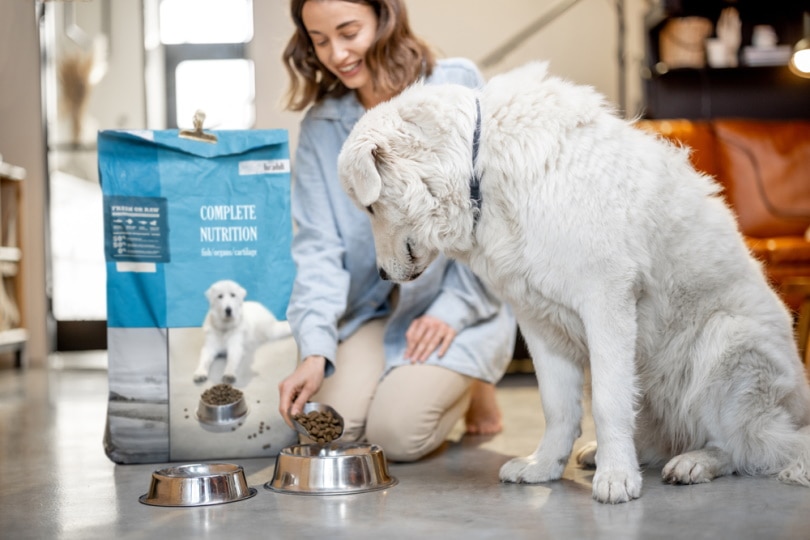
Conclusion
Dog food does not last forever, and if you notice it’s past the expiration date on the package, it’s time to let it go. Your dog’s health is of the utmost importance, and holding on to food just to squeeze out the last kibbles can pose a health risk to your beloved pup. Proper storage and handling are essential to making sure your dog stays healthy.
Related Read:
- How to Tell If Wet Dog Food Has Gone Bad? Vet-Approved Facts & FAQ
- My Dog Ate Moldy Food: What Should I Do? Vet-Approved Signs & Solutions
Featured Image Credit: Sharaf Maksumov, Shutterstock

